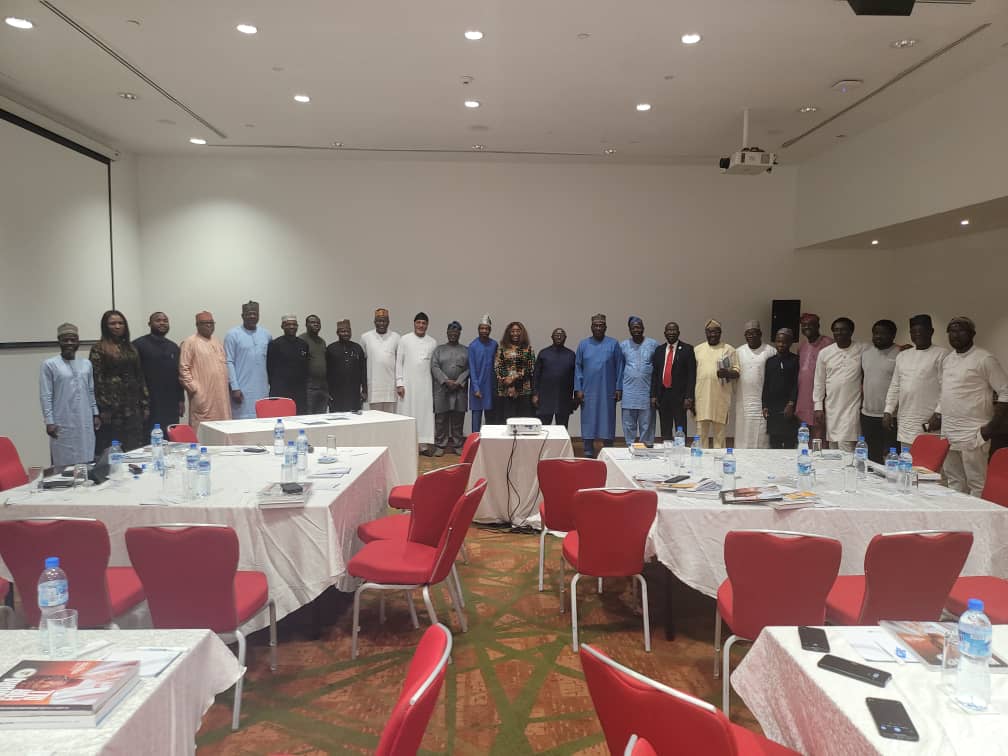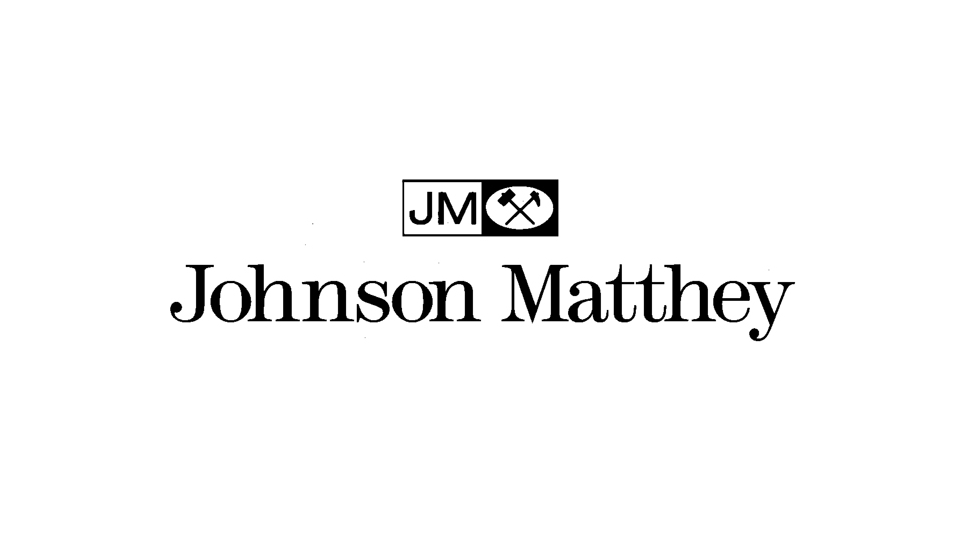Understanding Briefs: A Comprehensive Overview For Professionals

Table of Contents
What is a Project Brief and Why is it Crucial?
A project brief is a concise document that outlines the goals, objectives, and deliverables of a project. It serves as a roadmap for all stakeholders involved, ensuring everyone is on the same page from the outset. Its importance cannot be overstated; a clearly defined project brief is the foundation upon which successful projects are built.
- Reduces misunderstandings and rework: A well-written brief minimizes ambiguity, leading to less confusion and the need for costly revisions.
- Ensures everyone is on the same page: From the client to the project manager and individual team members, a shared understanding of the project goals fosters seamless collaboration.
- Saves time and resources: By clearly defining the scope of work upfront, a project brief prevents scope creep and unnecessary delays.
- Improves project outcomes: Clear objectives and defined success metrics enable focused work and increase the likelihood of achieving desired results.
- Facilitates efficient collaboration: A comprehensive brief acts as a central repository of information, improving communication and coordination among team members.
Conversely, a poorly written or missing brief can lead to disastrous consequences. Imagine a website development project where the client's vision is unclear. This could result in missed deadlines, significant budget overruns as features are added or changed mid-project, and ultimately, client dissatisfaction and a failed project launch.
Key Components of an Effective Project Brief
An effective project brief includes several crucial elements. These components work together to provide a complete picture of the project and guide its successful execution.
- Project Goals & Objectives: What are the desired outcomes? These should be SMART goals: Specific, Measurable, Achievable, Relevant, and Time-bound. For example, instead of "Increase website traffic," a SMART goal would be "Increase website traffic by 20% within the next quarter through targeted SEO strategies."
- Target Audience: Who is the end-user or recipient of the project's deliverables? Understanding the target audience is vital for tailoring the project to their needs and preferences. Detailed demographic and psychographic information should be included.
- Scope of Work: This defines the boundaries of the project. What is included, and equally important, what is explicitly excluded? Clearly defining the scope prevents scope creep and keeps the project on track.
- Deadlines & Milestones: Key dates and deliverables should be clearly outlined, creating a realistic timeline for project completion. This includes major milestones and smaller deadlines for specific tasks.
- Budget: The financial resources allocated to the project should be clearly stated, including any contingency funds.
- Communication Plan: How will progress be tracked and reported? This might involve regular meetings, email updates, or project management software.
- Approval Process: How will the final product be reviewed and approved? Outline the steps involved in obtaining client sign-off and the criteria for approval.
- Success Metrics: How will the project's success be measured? These are typically Key Performance Indicators (KPIs) that align with the project's objectives. For a marketing campaign, this might include conversion rates, website traffic, or social media engagement.
Understanding Different Types of Briefs
While the core principles remain consistent, different project types often necessitate variations in the brief's focus.
- Creative Briefs: Focus on the creative aspects of a project, emphasizing brand messaging, target audience, and desired emotional response.
- Marketing Briefs: Detail marketing objectives, strategies, target audience, budget, and key performance indicators (KPIs).
- Design Briefs: Outline the design requirements, including style guides, branding guidelines, and desired aesthetic.
- Technical Briefs: Focus on technical specifications, functionalities, and technological requirements of a project.
How to Write a Powerful Project Brief
Creating a powerful project brief is a systematic process. Follow these steps to ensure your brief is comprehensive and effective:
- Start with the big picture: Clearly define the overall project goal and its alignment with broader organizational objectives.
- Gather information: Conduct thorough research, client interviews, and stakeholder consultations to gather all necessary information.
- Structure your brief logically: Use clear headings and subheadings to improve readability and accessibility.
- Use clear and concise language: Avoid jargon and ambiguity; ensure the brief is easily understood by everyone involved.
- Get feedback: Review and refine the brief with key stakeholders to ensure buy-in and address any potential issues or ambiguities.
Using the Brief Throughout the Project Lifecycle
The project brief isn't a one-time document; it's a living document that should be referred to throughout the project lifecycle.
- Regular check-ins: Regularly review the brief to ensure the project remains aligned with its original goals and objectives.
- Decision-making: Use the brief as a guide when making decisions, ensuring that all actions remain consistent with the project's overall purpose.
- Progress reports: Use the brief as the basis for progress reports and client presentations, highlighting achievements against the defined milestones and objectives.
Conclusion
This comprehensive overview of understanding briefs has highlighted their critical role in project success. By mastering the creation and utilization of effective project briefs, you can significantly improve communication, streamline workflows, and ensure projects are delivered on time, within budget, and to the client's satisfaction. Don't navigate your next project without a clear and concise project brief! Invest the time to create a powerful brief and watch your project flourish. Start improving your project management today by crafting effective project briefs.

Featured Posts
-
 Bt Financial Performance Impact Of Johnson Mattheys Divestment
May 23, 2025
Bt Financial Performance Impact Of Johnson Mattheys Divestment
May 23, 2025 -
 Freddie Flintoffs Car Crash A Raw And Honest Account Of Trauma And Recovery
May 23, 2025
Freddie Flintoffs Car Crash A Raw And Honest Account Of Trauma And Recovery
May 23, 2025 -
 Analyzing And Interpreting Briefs Effectively
May 23, 2025
Analyzing And Interpreting Briefs Effectively
May 23, 2025 -
 James Wiltshires 10 Years At The Border Mail Reflections On A Career
May 23, 2025
James Wiltshires 10 Years At The Border Mail Reflections On A Career
May 23, 2025 -
 Seoul And Busan To Host French Film Week Showcasing Award Winners
May 23, 2025
Seoul And Busan To Host French Film Week Showcasing Award Winners
May 23, 2025
Latest Posts
-
 Brundle Exposes Unexpected Aspects Of Lewis Hamiltons Life
May 23, 2025
Brundle Exposes Unexpected Aspects Of Lewis Hamiltons Life
May 23, 2025 -
 Controversial Findings Brundles Report On Lewis Hamilton
May 23, 2025
Controversial Findings Brundles Report On Lewis Hamilton
May 23, 2025 -
 Brundles Revelation Unsettling Truths About Lewis Hamilton
May 23, 2025
Brundles Revelation Unsettling Truths About Lewis Hamilton
May 23, 2025 -
 Bishop Englands Dance Legacy Continues Two Graduates Join Louisville For 2025 Ncaa Tournament
May 23, 2025
Bishop Englands Dance Legacy Continues Two Graduates Join Louisville For 2025 Ncaa Tournament
May 23, 2025 -
 Urgent Livestock Evacuation In Switzerland Landslide Danger Prompts Helicopter And Ground Response
May 23, 2025
Urgent Livestock Evacuation In Switzerland Landslide Danger Prompts Helicopter And Ground Response
May 23, 2025
